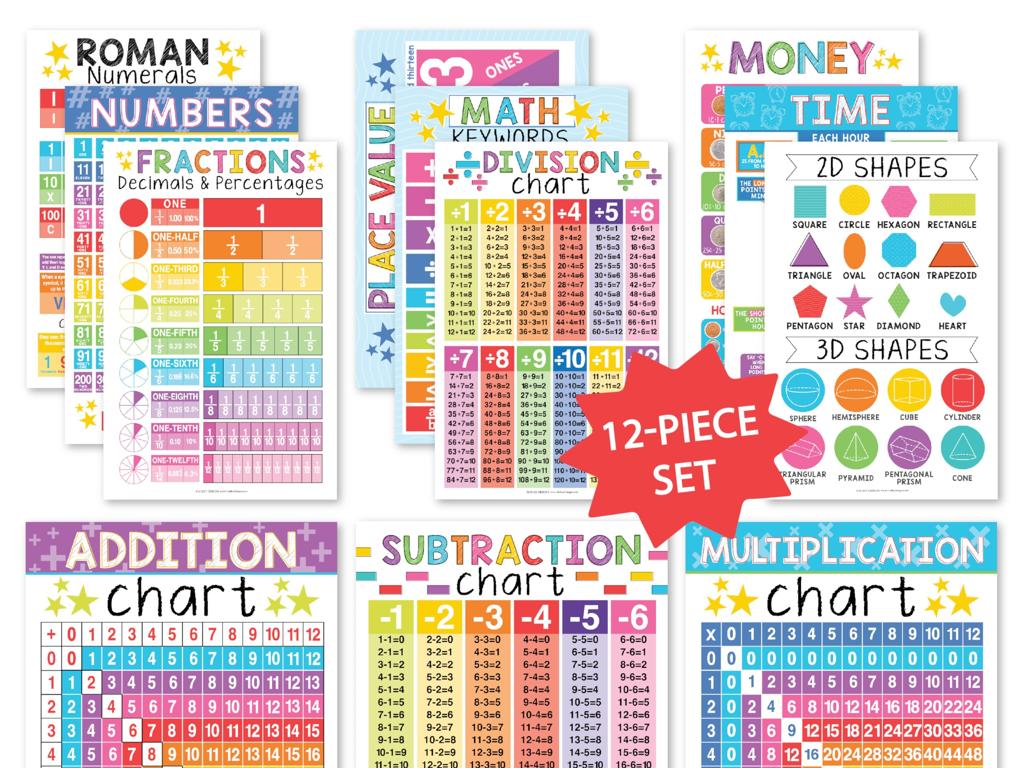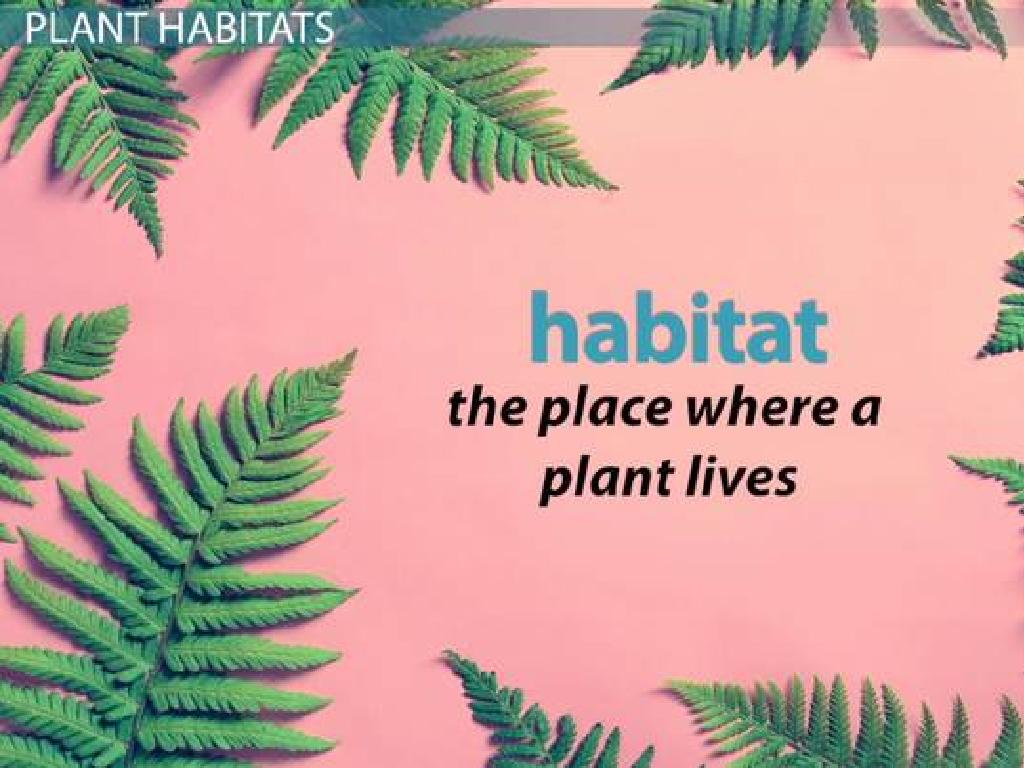Addition Sentences Up To 5 - Which Model Matches?
Subject: Math
Grade: Kindergarten
Topic: Understand Addition Up To 5
Please LOG IN to download the presentation. Access is available to registered users only.
View More Content
Welcome to Addition!
– Greetings, young mathematicians!
– Today’s focus: Adding up to 5
– Addition means combining things
– Like adding blocks or apples to find a total
– We’ll count items together
– Example: 2 teddy bears + 3 teddy bears = 5 teddy bears
|
This slide is designed to introduce Kindergarten students to the concept of addition in a fun and engaging way. Start by greeting the students warmly to create a welcoming learning environment. Explain that addition is simply the process of putting things together to find out how many items there are altogether. Use tangible examples like blocks, apples, or teddy bears to illustrate the concept of combining groups of items. Demonstrate with actual objects or visual aids if possible, showing, for example, two teddy bears and then adding three more to make five. Encourage the children to participate by counting along and using their fingers to represent the numbers being added. The goal is to make the concept of addition as concrete and relatable as possible.
Learning to Add: Combining Groups
– What is addition?
– Joining groups to find a total
– Adding things we see
– Like adding toys or fruits
– Counting all together
– After adding, we count to see the total
– Addition in everyday life
– Use addition when sharing snacks or toys
|
This slide introduces the concept of addition to Kindergarten students by relating it to their everyday experiences. Start by explaining that addition is the process of joining two or more groups to find out the total amount. Use tangible examples like toys and fruits, which are familiar to the students, to illustrate the concept. Encourage the children to use their fingers to add small numbers together, making the learning process interactive and fun. Reinforce the idea that addition is a part of daily life, such as combining snacks during lunch or adding up the number of crayons they have. The goal is to help students understand addition as a useful tool and to feel comfortable with combining groups to find totals.
Addition Sentences Up to 5
– What is an addition sentence?
– It has numbers and a plus sign (+)
– Example: 2 + 3
– 2 + 3 means 2 and 3 combined
– Adding numbers together
– We combine 2 and 3 to make 5
– Practice with models
– Use objects to show 2 + 3 equals 5
|
This slide introduces the concept of addition sentences to Kindergarten students. Start by explaining that an addition sentence is a way to show how two numbers can be put together to make a new number. Use simple examples like 2 + 3 to illustrate this concept. Show them visually, perhaps with blocks or fingers, how when we combine 2 items with 3 items, we end up with 5 items in total. Encourage the students to practice with different models, such as toys or drawings, to represent addition sentences. This hands-on activity will help them understand the concept of addition in a tangible way.
Matching Models to Addition Sentences
– Use objects to show addition
– Like blocks or stickers to represent numbers
– Match objects to addition sentences
– If our sentence is 2 + 3, we find 2 objects, then add 3 more
– Visual check for correct addition
– See if the total objects match the sum in the sentence
– Practice with examples
– Try with different numbers up to 5
|
This slide introduces the concept of using concrete objects to visually represent addition problems, which is a key strategy for Kindergarten students to understand addition up to 5. By matching the correct number of objects to the written addition sentence, students can physically see if their addition is correct. This tactile method reinforces the abstract concept of addition. Encourage students to use classroom materials like blocks or stickers to create their own addition models. During the activity, circulate the room to ensure students are correctly matching models to sentences. Offer praise and gentle corrections as needed. Prepare to demonstrate several examples with the class, and then let them try with different numbers, ensuring they understand the concept with hands-on practice.
Let’s Practice Addition Together!
– I’ll say an addition sentence
– You show the answer with fingers
– Example: For 1 + 2, show 3 fingers
– It’s like holding up 1 finger, then 2 more, and counting them all together
– Let’s practice with more numbers!
|
This interactive slide is designed to engage Kindergarten students in practicing addition up to 5. The teacher will verbally present simple addition problems, and students will respond by showing the correct number of fingers that represent the sum. This activity helps students to visually and physically connect the concept of addition to their everyday experiences. Teachers should encourage students to participate actively and praise them for correct answers to build confidence. Possible variations of the activity could include using objects like blocks or beads to represent numbers, pairing students to solve problems together, or even incorporating a song or chant to make the learning process more enjoyable.
Your Turn to Add!
– Receive your worksheet with pictures
– Draw objects to match sentences
– If the sentence says 2+3, draw 2 objects, then 3 more
– Understand totals in addition
– The total shows the sum of the objects combined
– Have fun with numbers up to 5
|
This slide introduces a hands-on activity for Kindergarten students to practice addition up to 5. Distribute worksheets with various addition sentences and corresponding pictures. Guide the students to draw the correct number of objects to match each addition sentence, reinforcing the concept that the total represents the sum of the two groups combined. Emphasize that addition is simply combining two sets of items. Encourage the children to count aloud as they draw each object. This activity not only helps with understanding addition but also with counting and number recognition. Prepare to assist students who may struggle with the concept of combining groups and ensure that the activity remains enjoyable.
Class Activity: Addition with Blocks
– Pick a number card
– Count out blocks for first number
– If your card shows ‘3’, take 3 blocks
– Pick another card and add blocks
– If the next card is ‘2’, add 2 more blocks to your pile
– Share your addition sentence
– Tell us how many blocks you have in total, like ‘3 + 2 = 5’
|
This activity is designed to help Kindergarten students understand addition through a hands-on approach. Each student will pick a card with a number and then count out the corresponding number of blocks. They will then pick a second card and count out additional blocks to add to their pile. After adding the blocks together, they will form an addition sentence based on the number of blocks they have in total. For example, if a student picks a card with the number 3 and then a card with the number 2, they will count out 3 blocks, add 2 more, and then say ‘3 plus 2 equals 5’. This activity will help students visualize addition and understand that it represents combining two groups of items. Teachers should prepare number cards and blocks before the class and ensure each student has a turn to participate. Encourage students to help each other and validate each other’s addition sentences.
Review and Goodbye!
– Recap: Addition up to 5
– We learned how to add numbers within 5.
– Adding: Combining groups
– We put two groups together to find a new number.
– Total: Counting all together
– After adding, we count all items to see how many we have.
– Celebrate our learning!
– Great work today! Can’t wait to learn more next time.
|
This slide is meant to conclude the lesson on addition up to 5. Start by recapping the main points of the lesson, emphasizing the concept of addition as combining groups of objects. Reinforce the idea that adding is simply finding out the total number when two groups are put together. Use examples from the lesson to remind students how they counted items to find totals. Praise the students for their hard work and encourage them to practice what they’ve learned. Let them know you’re looking forward to seeing them in the next class and continue building on their new math skills.






